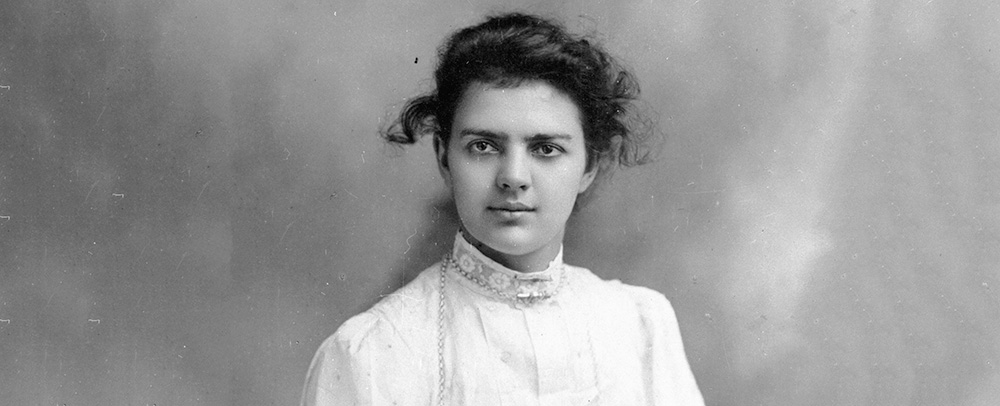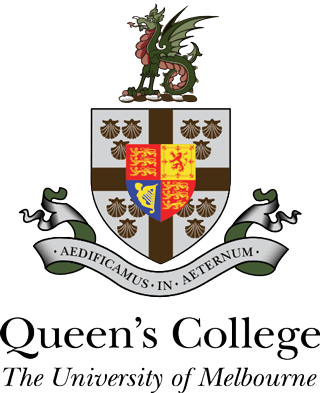Dr Mary de Garis (1900)

Trailblazer, extraordinarily determined and courageous are just some of the many ways to describe Dr Mary Clementina de Garis.
When women were still two years away from gaining the right to vote in federal elections, Dr de Garis became the 31st woman to enrol in medicine at the University of Melbourne. As the second woman in Victoria to be awarded the Doctorate of Medicine in 1907, Dr de Garis qualifies easily for the term ‘trailblazer’.
Born in Mildura in 1881, Dr de Garis was dux of the Methodist Ladies’ College in her matriculation year and awarded a Queen’s College Residential Scholarship. She came to College in 1900, residing in “Marmion” Parkville as a non-resident student, for four years.
On graduating with honours, Dr de Garis worked in the tiny grazing town of Muttaburra in central Queensland from 1908–1909, and then the remote town of Tibooburra in New South Wales from 1911–1915. As soon as war was declared in 1914, she resolved to enlist in the Australian Army Medical Corps, expressing her belief that women, being equal to men, should do their patriotic duty.
Ten days before Britain’s declaration of war in Europe, Mary de Garis had become engaged to Colin Thomson, farmer and captain of the Tibooburra cricket team. When Colin enlisted in early 1915 and was shipped to Egypt, de Garis also applied, but was refused enlistment.
Determined to be on hand should Colin be repatriated to England, Mary sailed to London in June 1916 with a revolver in her luggage. She worked at the Manor Hospital, where she learned that having courageously survived Gallipoli, Colin, then deployed to France, was killed in August that year in Pozières.
Dr de Garis joined the Scottish Women’s Hospitals (SWH) and served as Chief Medical Officer and Surgeon in the 4th America Unit in Ostrovo, Northern Macedonia under the Serbian Army at the Balkan Eastern Front from February 1917 to October 1918. In charge of 250 people, and with malaria, typhoid and dysentery as constant companions, she courageously performed difficult surgeries through air raids and in all weather, including snow.
Having survived the Spanish Influenza, Mary de Garis finally arrived back in Melbourne in February 1919. She was decorated by the Serbian government with the Order of St. Sava III class, and also by the British government with medals for her extraordinary contribution in a place of peril and medical emergency.
After postgraduate study overseas, she practised with distinction as an obstetrician in Geelong, where she was the city’s first and only female medical practitioner until 1941. Dr de Garis conducted research to improve infant and maternal mortality rates, and was a pioneer in the feeding of high protein diets to pregnant women. Her work at the Geelong Hospital was commemorated with the naming of De Garis House. Mary died in 1963 having made a huge contribution to medicine.
